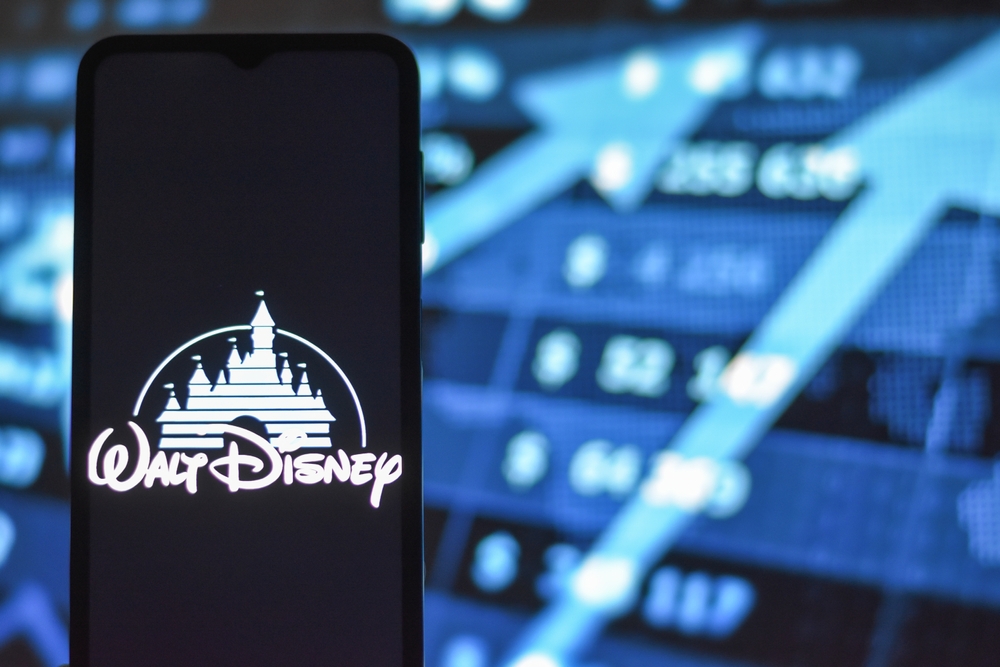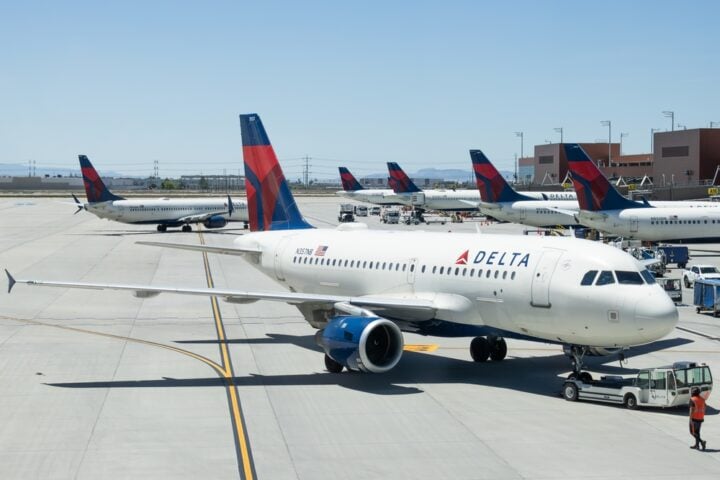Disney has wrapped up its fiscal fourth quarter with results that underscore its adaptability amid industry upheavals. The entertainment giant surpassed Wall Street’s expectations, buoyed by its growing streaming division, a summer of blockbuster hits, and steady investments in its theme parks. Under CEO Bob Iger’s leadership, the company is shaping up for future stability, aiming for a seamless leadership transition in 2026.
Streaming Drives Profitability
One of the biggest takeaways from this quarter is the profitability of Disney’s streaming ventures. Just five years after the launch of Disney+, the service — alongside Hulu and ESPN+ — shifted from a $4 billion annual loss in 2022 to a profit of $321 million in the September quarter. This turnaround highlights Disney’s strategic pivots to attract subscribers, including ad-supported tiers that are resonating with cost-conscious audiences. Despite a slight dip in average revenue per user due to these lower-cost options, executives remain optimistic about sustained growth in the streaming sector.
The Power of Blockbusters
Disney’s film division also played a key role in its strong quarterly showing. Hits like Inside Out 2, which became the highest-grossing animated film of all time, and Deadpool & Wolverine, now the top-grossing R-rated movie, added significant profit. This success contributed $316 million to Disney’s entertainment segment, helping it report nearly $1.1 billion in profit for the period. The company is on track to surpass $4 billion in global box office revenue in 2024, a testament to its enduring appeal.
Challenges in Traditional TV and Sports
Not everything in Disney’s portfolio is shining as brightly. The traditional TV networks continue to struggle as more consumers cut the cord in favor of streaming. Revenue for the networks segment dropped by 6%, while profits fell 38%, reflecting the shifting landscape of how audiences consume content. ESPN, a cornerstone of Disney’s sports offerings, maintained flat revenue but saw a profit decline of 6% due to rising costs associated with broadcast rights and fewer cable subscribers.
Theme Parks: A Mixed Bag
Disney’s experiences segment, which includes theme parks and consumer products, experienced modest growth. While U.S. parks saw a 5% increase in operating income thanks to higher guest spending and robust cruise line activity, international parks faced a 32% drop in profits. This decline stemmed from reduced attendance, softer guest spending, and higher operating expenses. The upcoming fiscal year is projected to bring only moderate growth, with challenges such as recent hurricanes impacting revenue.
Looking Ahead: Strategic Investments and Future Growth
Disney has laid out an ambitious roadmap for the next few years, projecting high-single-digit growth in fiscal 2025 and double-digit earnings growth for 2026 and 2027. This confidence is anchored in its ongoing restructuring and strategic focus on core areas like streaming and blockbuster content. Despite recent hurdles, Disney’s commitment to innovation and expansion, particularly with plans to grow its cruise line and enhance park experiences, sets the stage for long-term resilience.
As Disney navigates the evolving media landscape, its latest results showcase a company capable of leveraging both new and traditional revenue streams to weather industry challenges. While obstacles remain, particularly in the shifting world of TV and international operations, Disney’s diversified approach and continued investments position it well for sustained success in the years to come.







